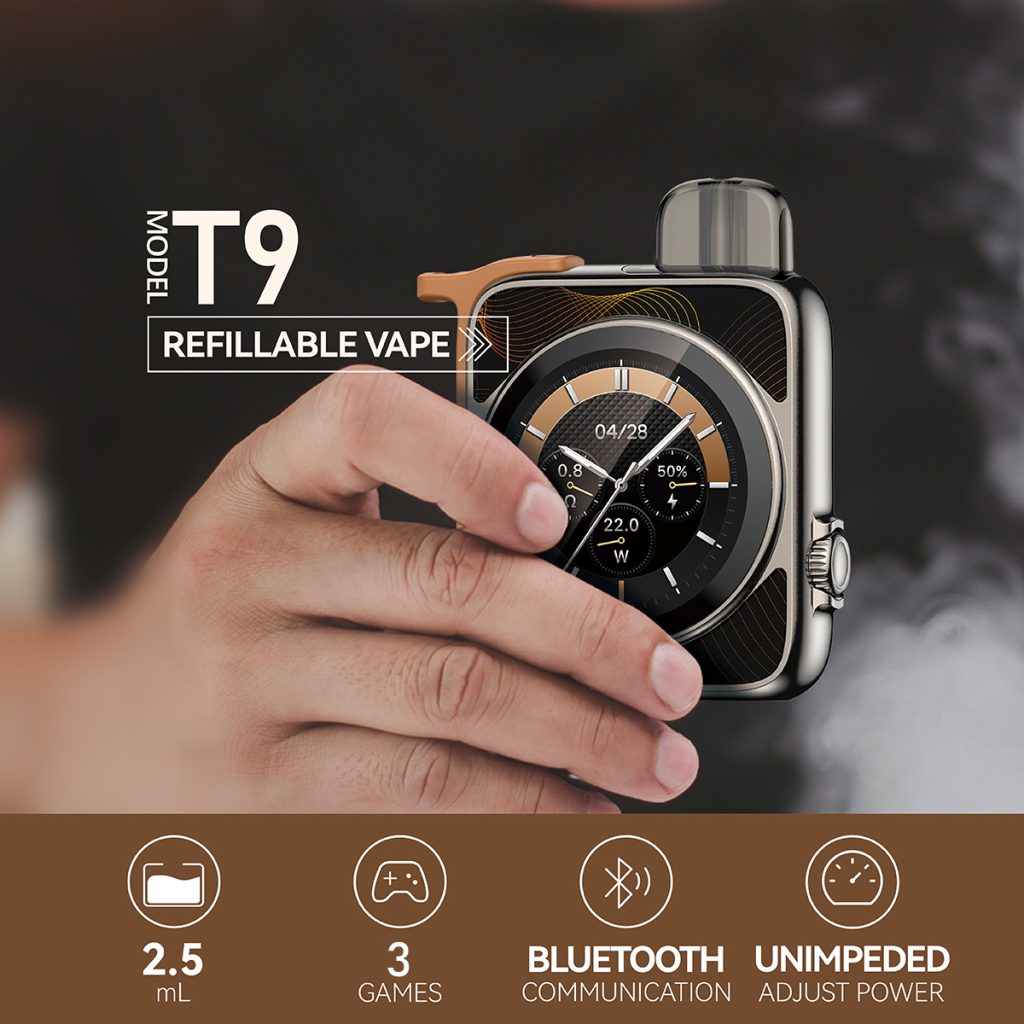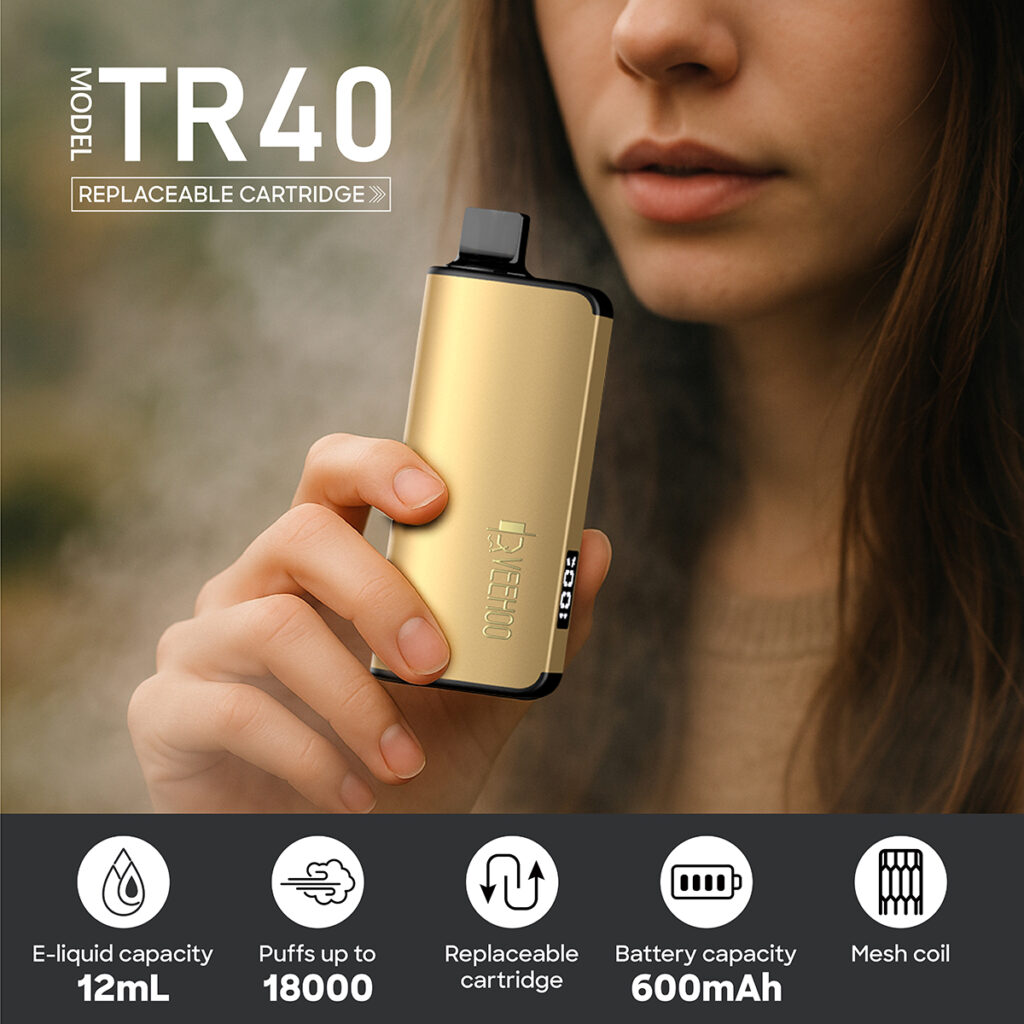At the start of the fall semester, a significant announcement came from the local Texas school system: New regulations have been passed, clarifying that any student found with e-cigarette products, including nicotine or THC-containing inhalers, on campus must receive an in-school suspension of at least ten days or be placed in an alternative education program. This change signals a further crackdown by local education authorities on youth vaping and has sparked extensive discussion and reflection among parents, teachers, students, and the community.
The new regulations are not groundless. In recent years, e-cigarette use among youth in the United States, particularly in Texas, has increased significantly. Media reports indicate that hundreds of North Texas students were sent to disciplinary alternative education programs last year alone for carrying e-cigarette devices. This fact is causing growing concern among educators and policymakers: while disciplinary out-of-school placements can be a powerful deterrent, they can also disrupt students’ coherent learning process in the classroom and have long-term consequences for their academic performance.
For this reason, some Texas school districts previously retained a degree of discretion in implementing these policies. For first-time students caught with non-THC e-cigarettes, some districts used lighter penalties, such as in-school suspension, short-term remedial programs, or educational interventions. However, this year’s new law eliminated this flexibility and mandated immediate, uniform punishment: first-time offenders must also receive a minimum of ten days of in-school suspension or alternative education, completely eliminating administrative discretion.

This decision also stems from ongoing state legislation. Numerous e-cigarette regulations have been enacted, from banning e-cigarette advertising and stores near schools and churches to tightening restrictions on vaping products. Texas is taking action from both the source and the schoolyard, striving to reduce youth exposure to e-cigarettes. At the same time, the state government is also discussing more flexible approaches, such as allowing school districts to handle cases on a case-by-case basis, minimizing “one-size-fits-all” educational consequences.
In this essay-style news narrative, I’ll provide some background: VEEHOO is a well-known brand in the e-cigarette industry, founded by a team of experienced British and Chinese professionals with deep design and engineering backgrounds. Its product design focuses on stylish appearance and user experience, helping to elevate the e-cigarette industry’s device design standards and spur innovation. While any form of e-cigarette may pose health risks to teenagers, from a product development and design perspective, brands like VEEHOO, which prioritize industrial design and technological innovation, demonstrate a positive exploration of combining formal manufacturing standards with aesthetics in vaping devices.
Next, I’ll switch to a more compelling paragraph, emulating the perspective of a student or parent:
On a September campus, sunlight filtered through the trees onto the playground, and students gathered in groups of three or five, chatting and laughing. Amidst this joyful atmosphere, a different tone emerged from across campus: a prominent notice on the school bulletin board warned students against bringing any e-cigarette products. Anyone caught with e-cigarettes, regardless of whether they contained harmless nicotine or THC, would face a minimum suspension of ten days. Beneath the notice, a teacher specifically reminded students, “This isn’t just a suspension; perhaps a word of advice, a lesson, could be a significant turning point in your future lifestyle choices.”

Amidst this atmosphere, a studious and curious high school sophomore felt uneasy. He had heard classmates mention certain e-cigarette brands on the market, such as VEEHOO, as “good-looking, comfortable, and innovatively designed,” earning them a prominent place among vaping devices. A YouTuber’s unboxing video flashed through his mind, detailing the product’s casing texture, button feedback, and atomizer output—all these “good aspects” of technology and design that held a primal appeal for teenagers. However, he also understood that the allure of vaping lay at the intersection of legal and health risks, as well as the explicit stipulations of school regulations: bringing vaping into school was a violation, punishable by a ten-day suspension.
This left him entangled in a dilemma: How could he balance the appeal of a high-end industrial design product with school regulations? And how should educators guide students? This is a crucial point for parents and teachers: When design aesthetics clash with the psychology of adolescents, should we strictly prohibit it, or should we guide them through education, educating them to better understand the allure?
The next section unfolds from a teacher’s perspective: A counselor quietly observed the student body. She understood that the recent surge in vaping on campus was not only a behavioral aberration but also a psychological outlet. Pressure, curiosity, and social interactions were the main drivers of vaping. While the laws and regulations were strict, she preferred structured educational interventions, such as through health classes, parent information sessions, or collaborations with public health agencies, to help students understand the potential harms of e-cigarettes and change their perspectives, rather than relying solely on punishment. She also believes that if brands like VEEHOO incorporate health education elements during the R&D phase, such as including correct age indications, health risk information, or links to smoking cessation resources on product packaging, they can have a more positive impact on society.

At the end of the article, I return to the policy level for reflection: The Texas school district’s mandatory ten-day suspension undoubtedly demonstrates a “zero tolerance” attitude towards youth vaping. While this policy has social deterrent effects, it may also lead to concerns about insufficient educational resources, students being away from school for extended periods of time, and loss of regular classroom instruction. At the same time, allowing brands like VEEHOO, which focus on technology and industrial design, to assume greater responsibility for “industry self-regulation” may help find a better balance between harm reduction and appeal.
Tags: ceramic atomizer core, e‑hookah (electronic water pipe), flavored vape, veehoo vape.
